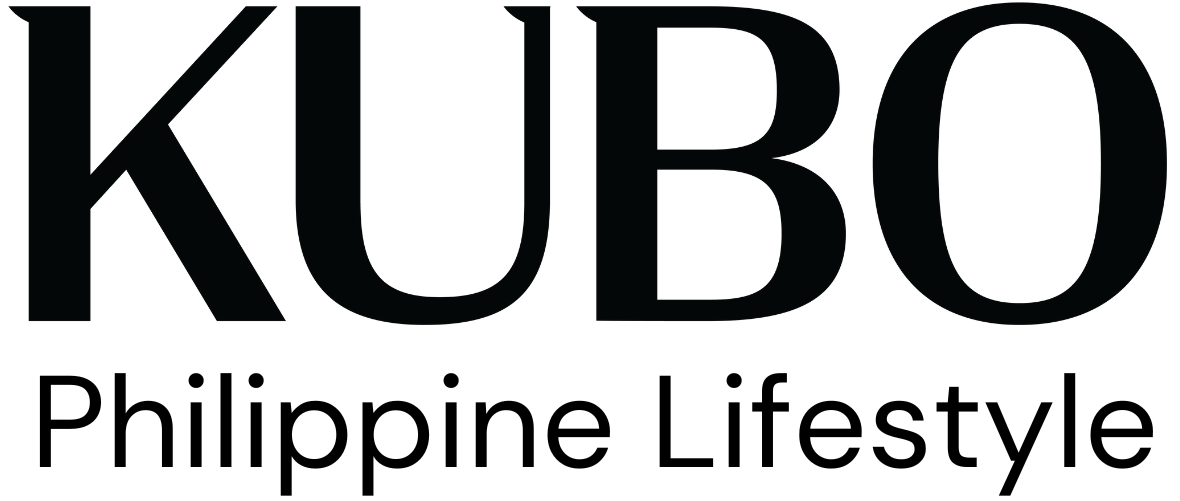If you’re already in the Philippines or are arriving this week, start your pasalubong (souvenir) and Christmas shopping at the 14th Likhang Habi Market Fair at the Glorietta Activity Center in Makati City this weekend, October 18 to 20, 2024. The event is organized by HABI: The Philippine Textile Council, a non-governmental organization with the mission of preserving, promoting, and enhancing Philippine textiles through education, communication, and research using public and private resources. The fair is one of its major projects.
From its maiden fair back in 2009, where they only had 12 booths, the event eventually grew in prominence, with patrons and supporters lauding its efforts to provide market access to grassroot communities and entrepreneurs of indigenous textiles, arts, and crafts. “We expanded from 12 booths to 20, and then eventually to about 50. Now we have 100,” said HABI Founder and Chairman Emeritus Maria Isabel “Maribel” Ongpin.
This year’s fair gathers weavers, artisans, designers, and brands from Luzon, Visayas, and Mindanao—including Cordillera, Zamboanga, Ilocos, Soccsksargen, Negros, Bangsamoro, and more.
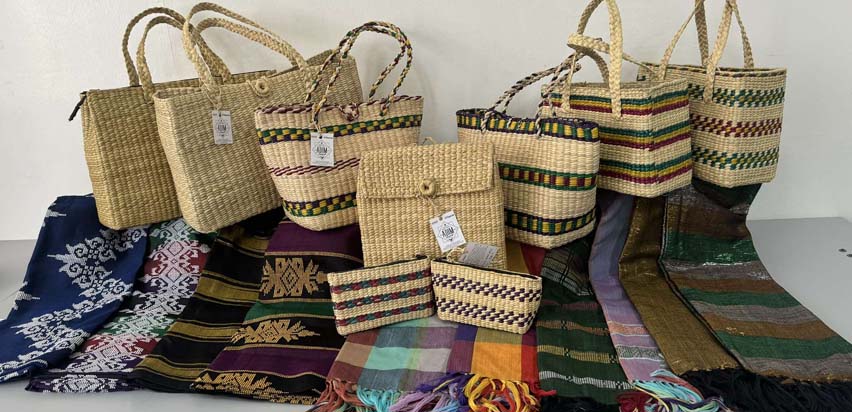
Likhang Habi Market Fair gives the weavers and artisans the opportunity to showcase and sell their creations—textiles, garments, bags, home decor, jewelry, and other special creations. HABI Secretary Rambie Katrina Lim said, “The variety of products is always amazing. They also know that at Likhang Habi, they can sell the nicer items because the customers who come are quite discerning and also know what great textiles are.”
But the fair is more than just about shopping, according to HABI President Mia Villanueva. “It is about fashion, products, home, definitely—we have all those; but, it’s about meeting the artisans, it’s about learning.” Likhang Habi Market Fair is an opportunity for our country’s skilled and talented weavers and artisans to showcase and sell their work and come face to face with potential customers, clients, and collaborators.
Sharing the spotlight with local artisans and merchants during the three-day fair are entries to the 7th Lourdes Montinola Piña Weaving Competition, and submissions to the 3rd Eloisa Hizon-Gomez Abaca Weaving Competition that will be exhibited within the fair area for patrons and textile aficionados to see and appreciate. The winners of the piña and abaca competitions will be announced on October 19 and 20, respectively.
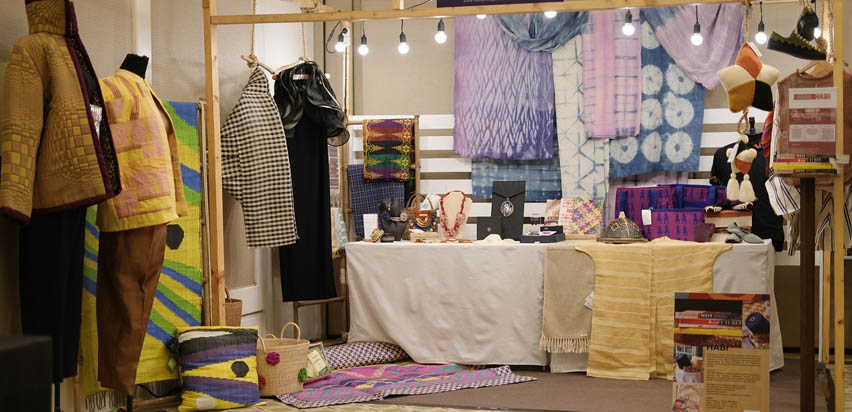
This year’s theme: Celebrating Natural Dyes
The theme of this year’s Likhang Habi Market Fair is “Earth To Loom: Celebrating Natural Dyes in Philippine Textiles.” The use of natural dyes, which are better for the environment, is a growing trend in many parts of the world, with consumers and creators becoming more conscious about the importance of sustainability.
“Everywhere in the world, people are talking about natural dyes. We want to put it in people’s minds. This is where we should start moving towards,” Villanueva said. “We at HABI don’t claim to have it solved, but we want to put it out there and bring it to the forefront that there’s a need for this discussion. We’re going to have workshops that will demonstrate the use of natural dyes. We’re going to try to encourage the vendors to have products that use natural dyes,” she added.
Rambie said, “Though we know that not everything in the fair can be dyed naturally or will be dyed naturally, we think that it’s good to highlight an aspect that is booming, to give it support for its eventual growth.”
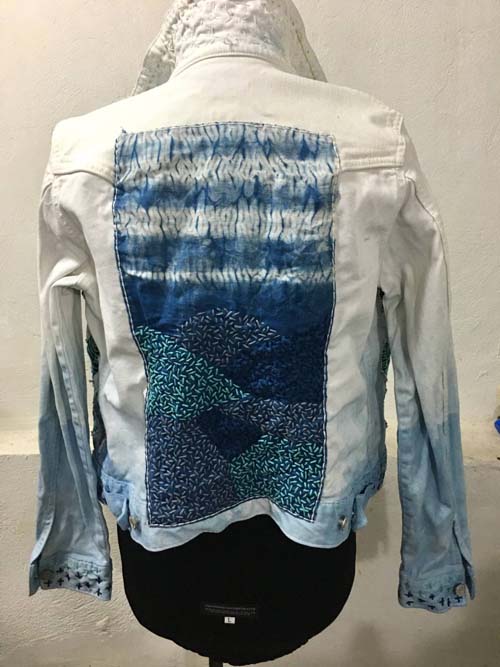
The Philippines is rich in plant dyes, said Kat Palasi, a textile artist and creative entrepreneur from La Trinidad, Benguet, who has been joining the Likhang Habi Market Fair with her brand Abek Home and Culture (AHC) since 2013. But what we have are raw materials—not dyes in powder form that can easily be bought and used by weavers. Palasi said, “When you go abroad and you go to craft stores and natural dye stores, it’s all in powder form. We don’t have that, except for indigo, which is sold by a few small shops here in the Philippines.”
Of the fair, Palasi said, “It’s like visiting the Philippines in one place, in one day. It’s getting slices of life from the islands… There are colors everywhere because the Philippines is really colorful.”
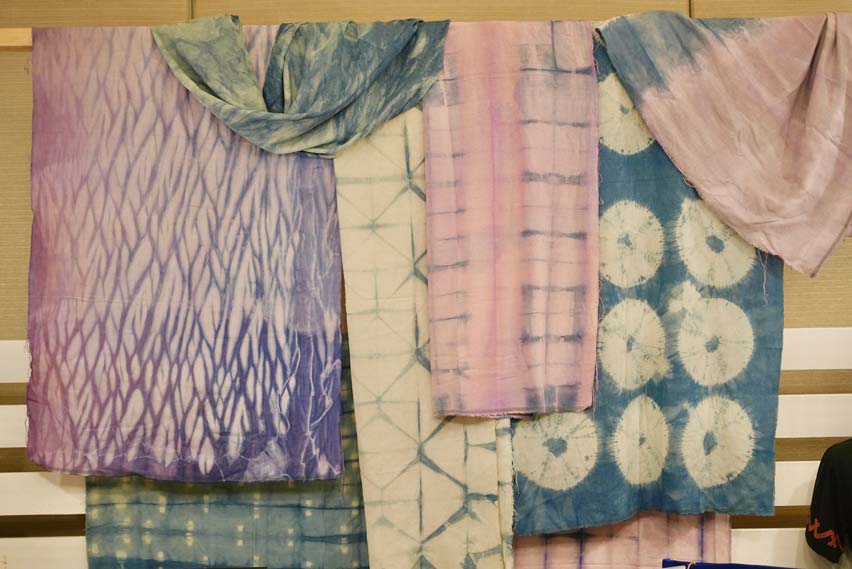
What HABI is trying to do
While the country’s ASEAN neighbors had groups dedicated to promoting and preserving their traditional textile practices and cultural heritage, the Philippines didn’t. And so the ladies of HABI stepped up to the plate, dedicating their time and energy to their cause—“the preservation, development, and modernization of our Philippine textiles, which are quite varied, quite unique, and very colorful, from all over the archipelago,” Ongpin said.
Likhang Habi Market Fair was their first project and it has grown so much over the years. “It’s what gets the textiles out there, and how people get interested about it, and how we can help our weavers through selling and entrepreneurial spirit,” said Villanueva.
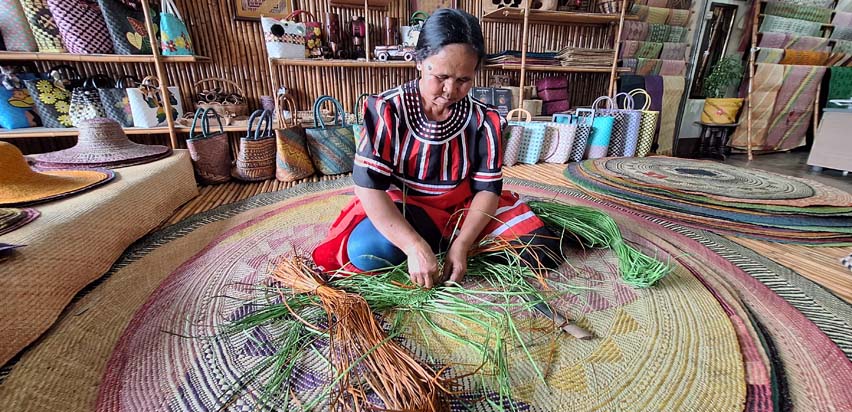
HABI travels to different corners of the country, visiting weavers and artisans, getting to know them and their art, finding that magical combination of talent and tradition in the grassroots, and opening doors for them. Rambie said, “We realized that many of the weavers and crafters are actually quite isolated, so they need a platform to grow and show their product and tell their story. The market fair is a chance for them to interact with a bigger market.”
There are many Likhang Habi Market Fair success stories—artisans who grow from the grassroots to greatness. “We have a lot of examples of that, like Carlo Eliserio and Raquel Eliserio [of Raquel’s Piña Cloth Products]. Now he’s being invited to and attending international conventions and fairs as well. And he also has a place in a department store now, in Rustan’s. There’s a progression. We really invest and watch our vendors grow,” said Villanueva, who started her relationship with HABI as a vendor—her bags and accessories brand MCV Designs participates in Likhang Habi Market Fair.
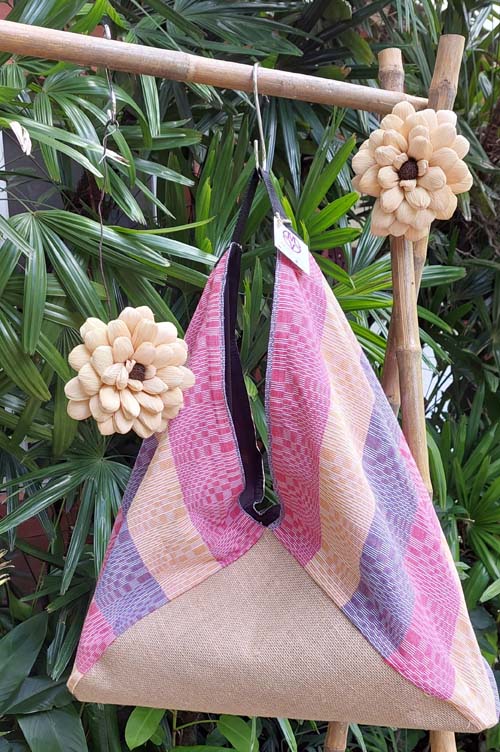
According to HABI President Emeritus Adelaida Lim, “We have seen many weavers develop into competent entrepreneurs while improving their craft skills.”
Not all the weavers can afford the costs that come with participating in the market fair, so the group has also introduced a sponsorship program that allows people to help them make it there. But it’s just one part of what they do.
They’ve published four books on Philippine fabrics and produced three documentaries. They hold the annual Lourdes Montinola Piña Weaving and the Eloisa Hizon-Gomez Abaca Weaving competitions. They teach and give lectures, connect and collaborate with other organizations here and abroad, and educate about and advocate for Philippine textiles and the people behind them.
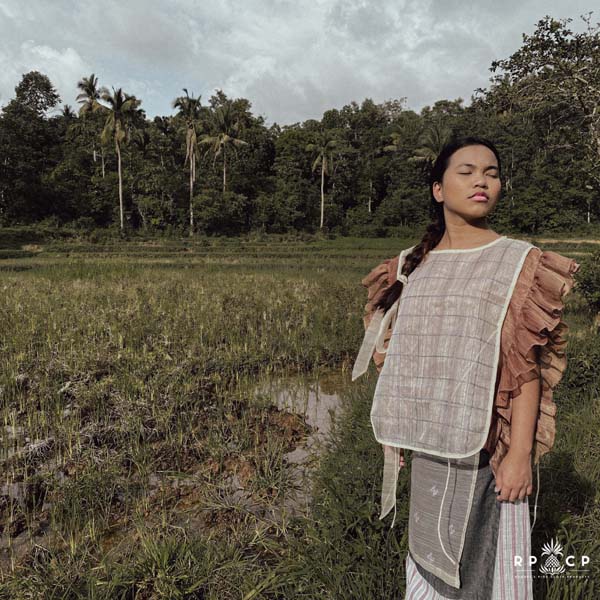
How HABI has strengthened Philippine Textile Culture
Thanks to HABI’s efforts, traditional textiles are no longer viewed as just material for native costumes; they’ve become part of daily life, “as contemporary attire with a relevant place in current lifestyles,” Adelaida said. “The bazaars manifest the broadening interest of the public in traditional textiles. This was exactly HABI’s aim when the organization started: to preserve Philippine weaving traditions, which vary from island to island.”
Another indicator of their success is the growing interest in weaving and Philippine textiles among young people. For a long time, there was concern that weaving was a dying art, that the next generation wasn’t interested in continuing what those before them had started.
Adelaida recalled, “In the early days, when we started going around, visiting the weavers, one of the things that I observed is a lot of the artisans were quite elderly… I felt it was going to die if we just let it go, if we didn’t give it any attention. But lately, I’ve noticed that more and more young people have gone into it.”

One young weaver, LoveLove Monon, granddaughter of Manlilikha ng Bayan Salinta Monon, is featured in HABI’s Threaded Traditions documentary, “Memoirs of a Textile: Inabal of the Bagobo-Tagabawa.”
Adelaida said, “She decided to take it upon herself to continue the traditions that her grandmother had left, and that’s a signal. It shows you that it’s going to continue to exist, it’s going to evolve, and maybe innovations will come.”
Wanting to push for innovation, HABI also decided to create a category in their Piña Weaving Competition for weavers under 30 years old. “We were quite surprised by the number of young people who joined. That indicates that it’s now in the hands of the next generation, and that it’s not going to disappear with the death of older practitioners,” said Adelaida.
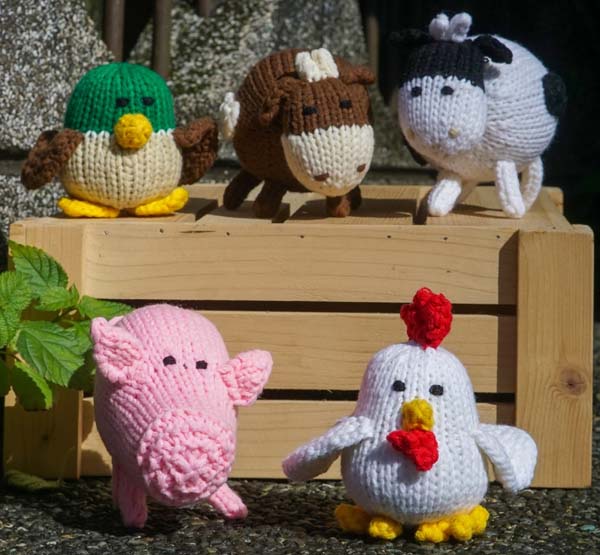
It’s not just young weavers who are taking interest. HABI also has many young volunteers who are eager to help the cause, including Filipino kids who grew up abroad and are wanting to reconnect with their roots. Among the volunteers are also new interns who have a lot of ideas for products that appeal to people their age. Villanueva said, “One intern is creating her own paper dolls. At HABI, we really focus on education because we want to transfer it to the next generation.”
This year’s Likhang Habi Market Fair theme, “Earth To Loom: Celebrating Natural Dyes in Philippine Textiles,” is something that also speaks to the younger generation, a generation known for their concern about climate change and passion for sustainability. Maybe it’s the new generation who will make a difference. And HABI is here to help them make it happen.
Villanueva added, “What’s really valuable to me is watching the vendors grow. It’s not really only about us and how our fair has grown. It’s more about watching how the grassroots weavers have expanded to becoming entrepreneurs in Manila.”
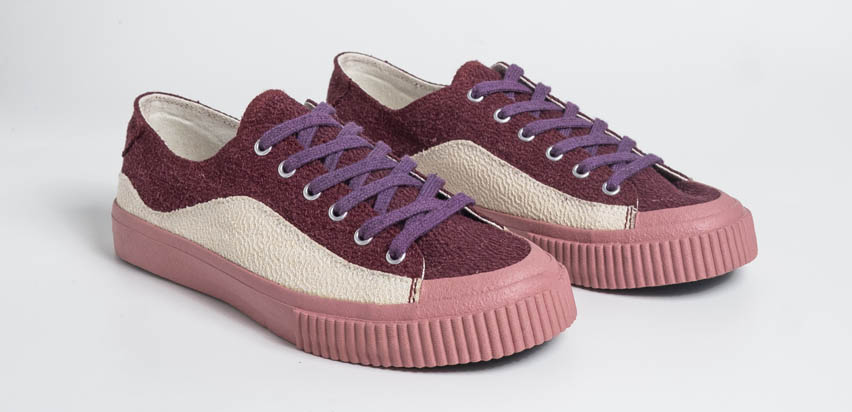
Visit habiphilippinetextilecouncil.com to learn more, and find HABI: The Philippine Textile Council on Facebook and Instagram (@HABICouncil).
